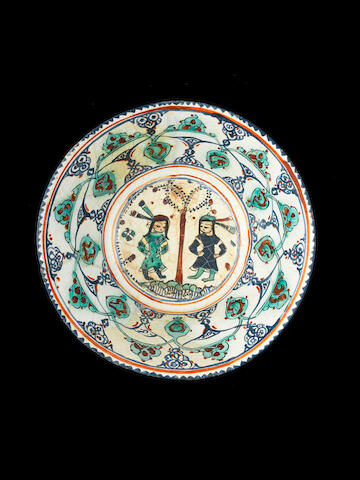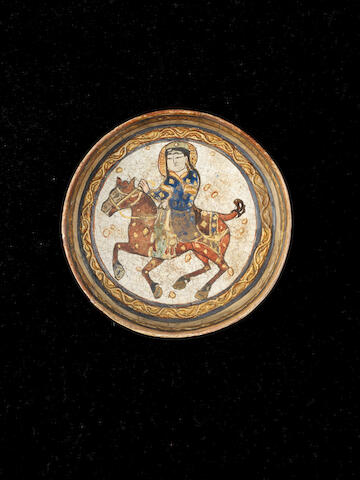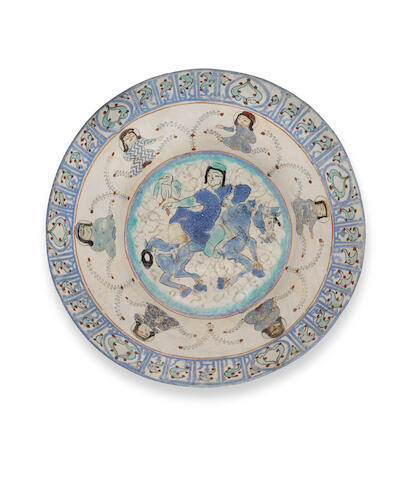At this point of the preparation I was ready to make my storyboard. Below I have scanned my original storyboards and to show what the progression of my podcast should look like. However, I am more than anticipating that these may slightly change after the filming of my podcast, to not only fit the short 8 minute time limit but also to suit the limitations of the film editing programme that I am using.
I chose originally to create a storyboard with small drawn images of what I intended to film, however on reflection felt that this was overly confusing and would slow down my filming time as I attempted to uncover what I hid written. In the end, I settled for this plan instead.
I chose originally to create a storyboard with small drawn images of what I intended to film, however on reflection felt that this was overly confusing and would slow down my filming time as I attempted to uncover what I hid written. In the end, I settled for this plan instead.










